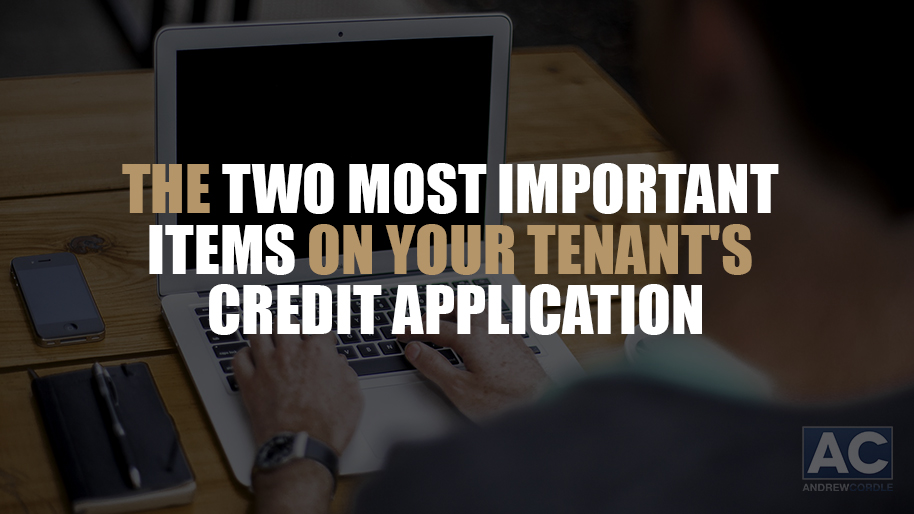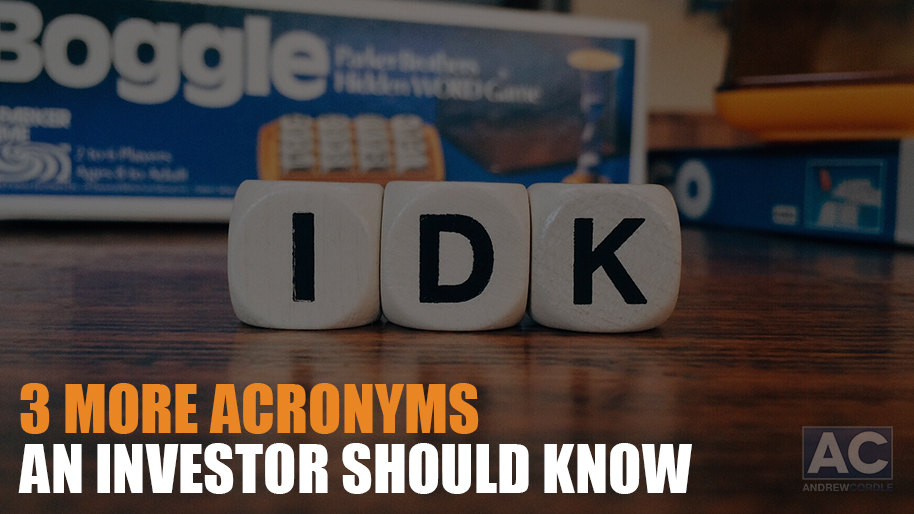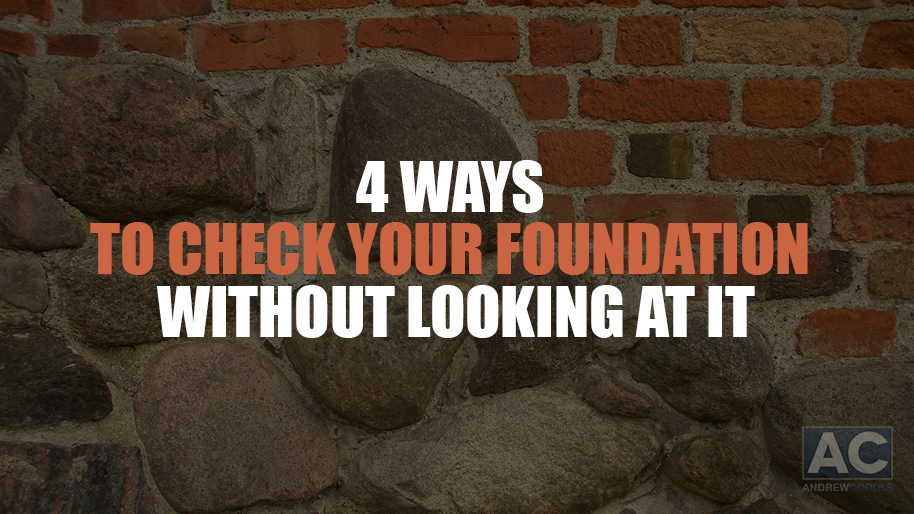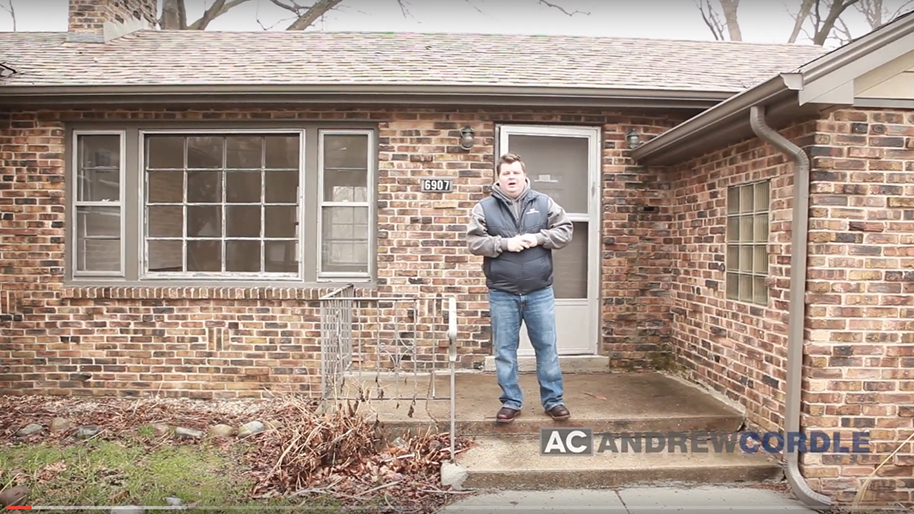
Tenants are the most important investment that any landlord has to make. The thing that separates the successful landlords from the ones who fail is their ability to effectively screen tenants. Most landlords use the standard method of screening, the credit score. This is okay. But when you’re dealing with class C and D properties it is going to be harder to find a tenant with a great credit score. The longer you spend searching the more money you lose. I’m going to provide you with two things to look for on a tenant’s credit application. They will help you avoid losing money from investing in bad tenants and vacancy. Evictions Evictions are tough for both tenants and landlords. The entire process is tiring and normally doesn’t end well for anybody. There are a lot of tenants who I am willing to give a chance to. But when I see an eviction on any tenant application I walk away. Why? When I have to evict a tenant I want the process to be as short and painless as possible. When an eviction shows up on a tenant’s application it is a sign. A sign that their eviction was a more drawn out process. It takes extra effort on the part on the landlord to make sure that an eviction ends up on a tenant’s credit report. That tenant/landlord relationship would have really had to get bad for the landlord to spend the extra time and effort to make sure that the eviction ended up on that report. If you see an eviction on a tenant’s credit report I highly recommend continuing your search for a tenant. Utility/Power Bill Checking out the utility/power bill on a tenant’s credit application is another deal breaker. If I look at a tenant’s credit application and there are collections on a utility it means one of two things. The tenant could have been evicted. I’m left with this being a possible scenario because normally evictions occur when a tenant is unable to pay on time or is unable to pay at all. It’s extremely common that when given the choice between paying a utility and paying rent, the tenant pays the utility bill. If utilities collections show up on a tenant’s credit application, not only did they fail to pay their utilities, chances are there was an eviction also. The second possibility is that the tenant moved out of the house without telling the landlord. No matter what reason, when a tenant leaves without giving any kind of notice to their landlord it ends up being rough for both parties. Without notification the utilities will normally stay on under the tenant’s name until the landlord realizes they are missing a tenant. It is because of these two reasons that when I see collections...
Read More »

Every industry has a lingo. Every profession has a different language that they speak, most of which is done through acronyms. The same goes for a real estate investor. Real estate investors use acronyms all of the time to communicate faster and more efficiently. In today’s post I’m going to cover 3 more acronyms that every real estate investor should know. You can click here to view the previous 3 acronyms that I covered. EM- Earnest Money Your earnest money is basically your down payment. The amount of earnest money you can put down on a house can range anywhere from $10 to the full purchase price of the property. I have actually used $10 for earnest money before, and I’ve also had sellers request specific amounts. It all depends on the situation. I normally always put the earnest money into escrow with the title company. This prevents me from having to rely on a third party to take care of the money. Also, always have an escape clause in your contract to prevent the loss of any funds, should the deal fall through. JV- Joint Venture A joint venture is when you, as a real estate investor, work on a deal with another individual. The other party could be another real estate investor, a builder or just somebody looking to make a quick buck. They don’t even have to live in this country! I’m currently working on hammering out a joint venture between myself and a person in France. Joint ventures are popular in the flipping market because the two parties are only together for one deal. Normally one person will pay for the property and the other is in charge of the demo and construction. There is no set rate of return for each individual. It is whatever is agreed upon when the joint venture is started. EMP EMP stands for electrical, mechanical and plumbing. A successful real estate investor has a great EMP team and strategy. If you don’t have a few licensed electricians, mechanics or handymen, and plumbers in your contacts list then you need to get that team assembled! It won’t only save you time but money as well. Your EMP specialists all require special licensing and typically all work on rehab projects at the exact same time. This makes it easy to get a lot of important work done at the same time, instead of having a “jack of all trades” take three times longer to perform the same amount of work. ...
Read More »
One of the fastest ways to build a fortune in real estate is by flipping houses! I have spent the last decade flipping houses and have been very successful at it. Once you start flipping houses, the sky’s the limit! So what are you waiting for? Study my educational video library and start investing today! A seasoned investor with over 10 years in the industry, Andrew is a nationally recognized speaker and educator. His passion is helping people find their purpose and in 2013, he celebrated a groundbreaking strategic alliance with Home Depot, Inc. Andrew has flipped hundreds of homes in multiple states and tours the country sharing his vast wealth of knowledge with investors of all experience levels. Andrew loves to teach new investors how to flip a house and mentors a small, select group of student investors who have had great success applying his proven systems. Click here to watch it! ...
Read More »

When flipping a house one of my seven budget breakers is the foundation. The foundation of a house could be a huge factor in the amount of profit you are able to make. As a real estate investor, the abilities to accurately assess properties and make offers on the spot are what dictate your success. There may not always be time to get a contractor or a foundation specialist on site to help you walk through a house. In this post I’m going to cover four different ways that you can check the foundation of a potential investment property without having to physically go under the house and inspect it. Look at the drywall As you begin your walkthrough of a property check all of the walls around you for cracks in the drywall. Sometimes foundation issues will be more obvious than others. You’ll be able to spot large cracks in the middle of walls and in the ceilings. Other times you will need to check in more specific locations. The spots above doors and windows are the weakest parts of a house. Look there for cracks. They are telltale signs that the house could be starting to settle and may require foundation work. Open and close the doors This is a great way to find foundation problems that may not be visible with the naked eye, as long as you are thorough. All of the exterior and interior doors should open and close without issue. Start at one side of the house and you’re your way across. Open and close all of the closets, bathrooms and bedrooms. Don’t skip any. If you notice that any one side of the house has more than one door that doesn’t open and close properly then you may want to figure foundation work into your budget. Check the exterior for cracked brick After you finish up your walkthrough of the interior, take a close look at the outside of the house. If the house you are looking at has a brick exterior give it a close look. Mortar will crack before the actual bricks do. If you have a load bearing brick wall with cracks in the mortar you could be developing foundation problems. I almost made the mistake of passing up on a deal due to cracks in an exterior brick wall. It turns out I had overlooked the fact that it was just a façade and not a load bearing wall. Brick facades are a much easier fix and are not that serious of a problem. Always carry a racquetball Wait, what? Yes! Always carry a racquetball with you. They have a smooth surface and are great for detecting foundation problems. Simply take the ball and place it in the middle of a room. Does it roll? Which way does it roll and how fast?...
Read More »











